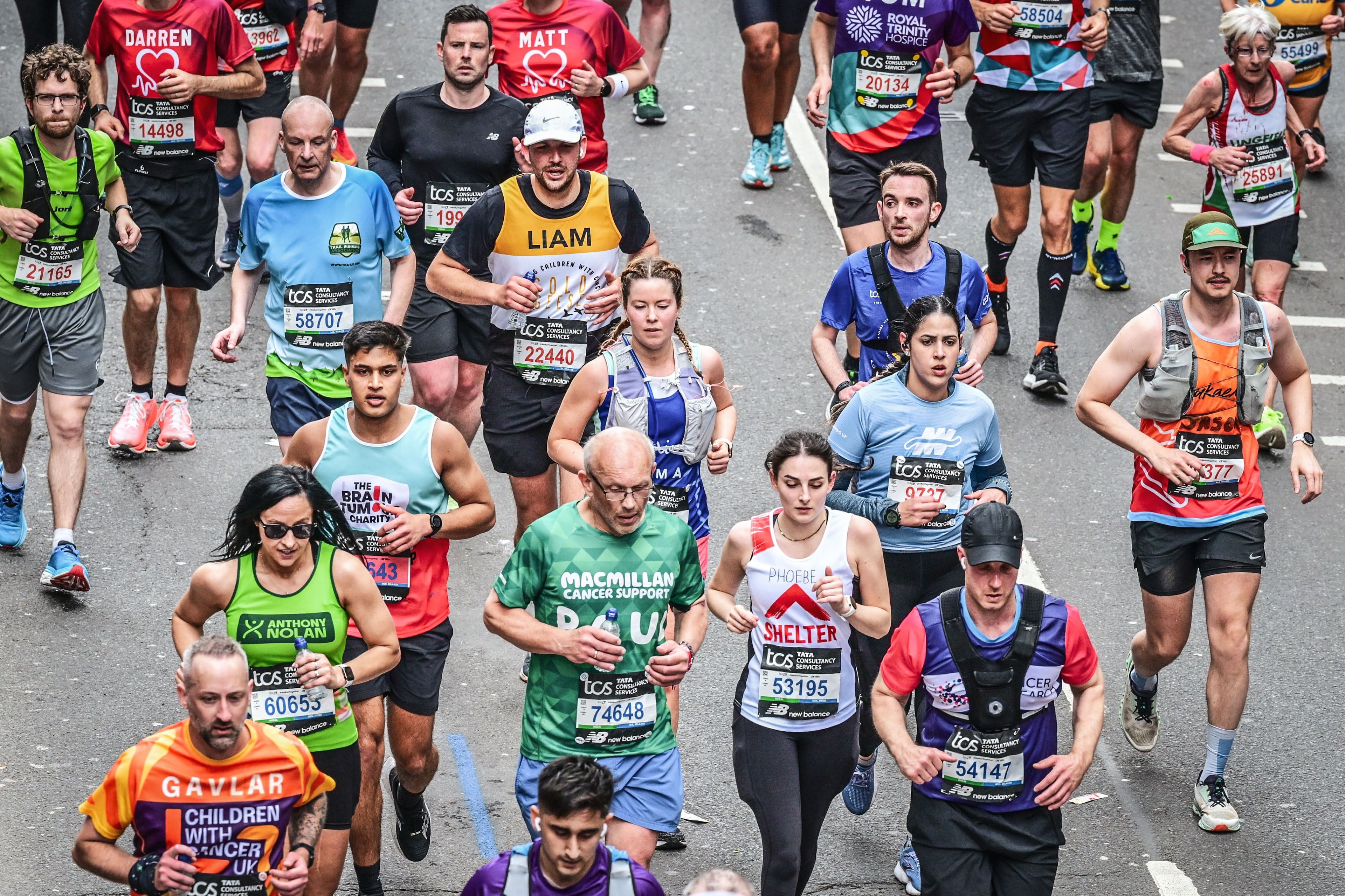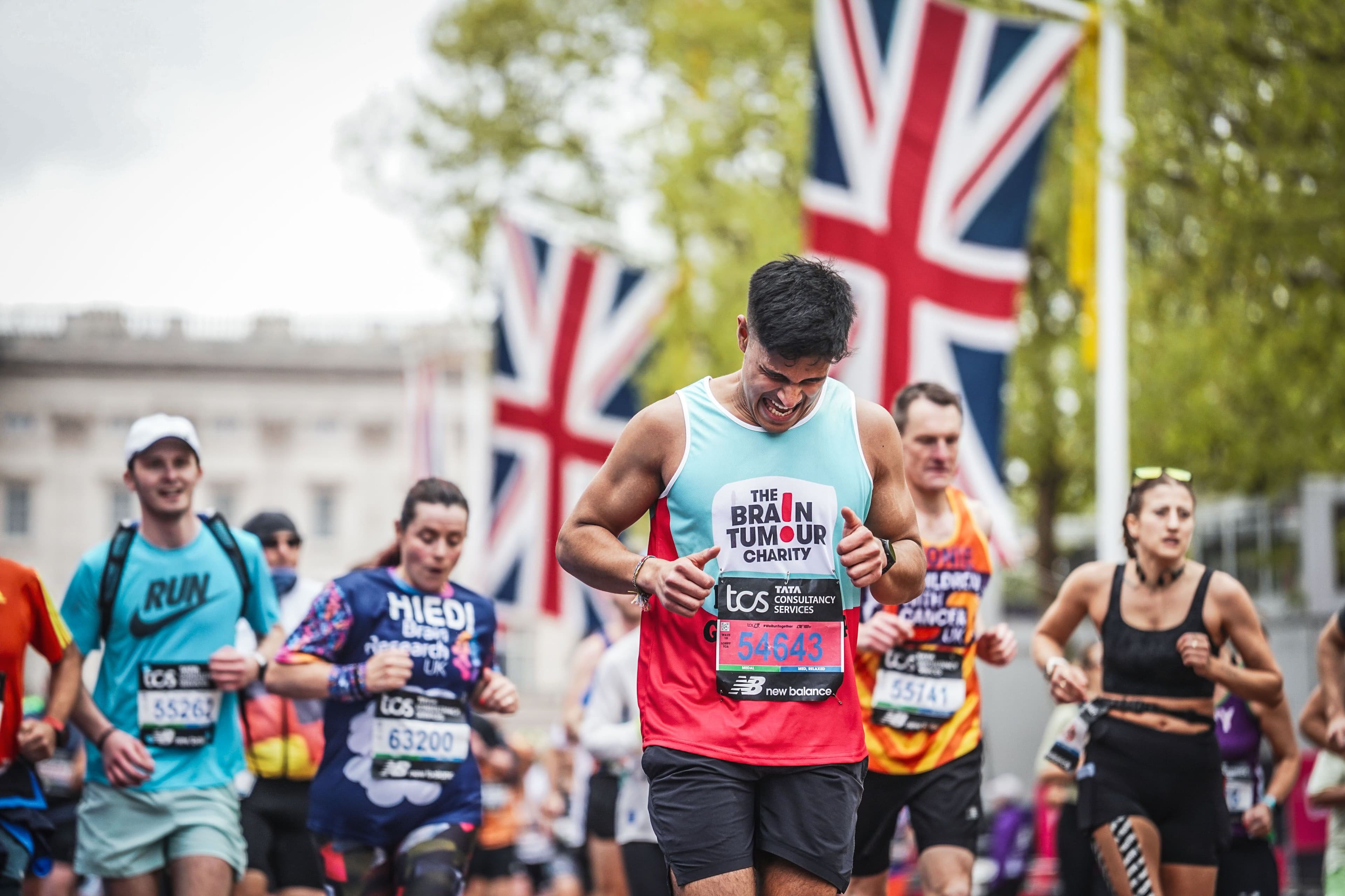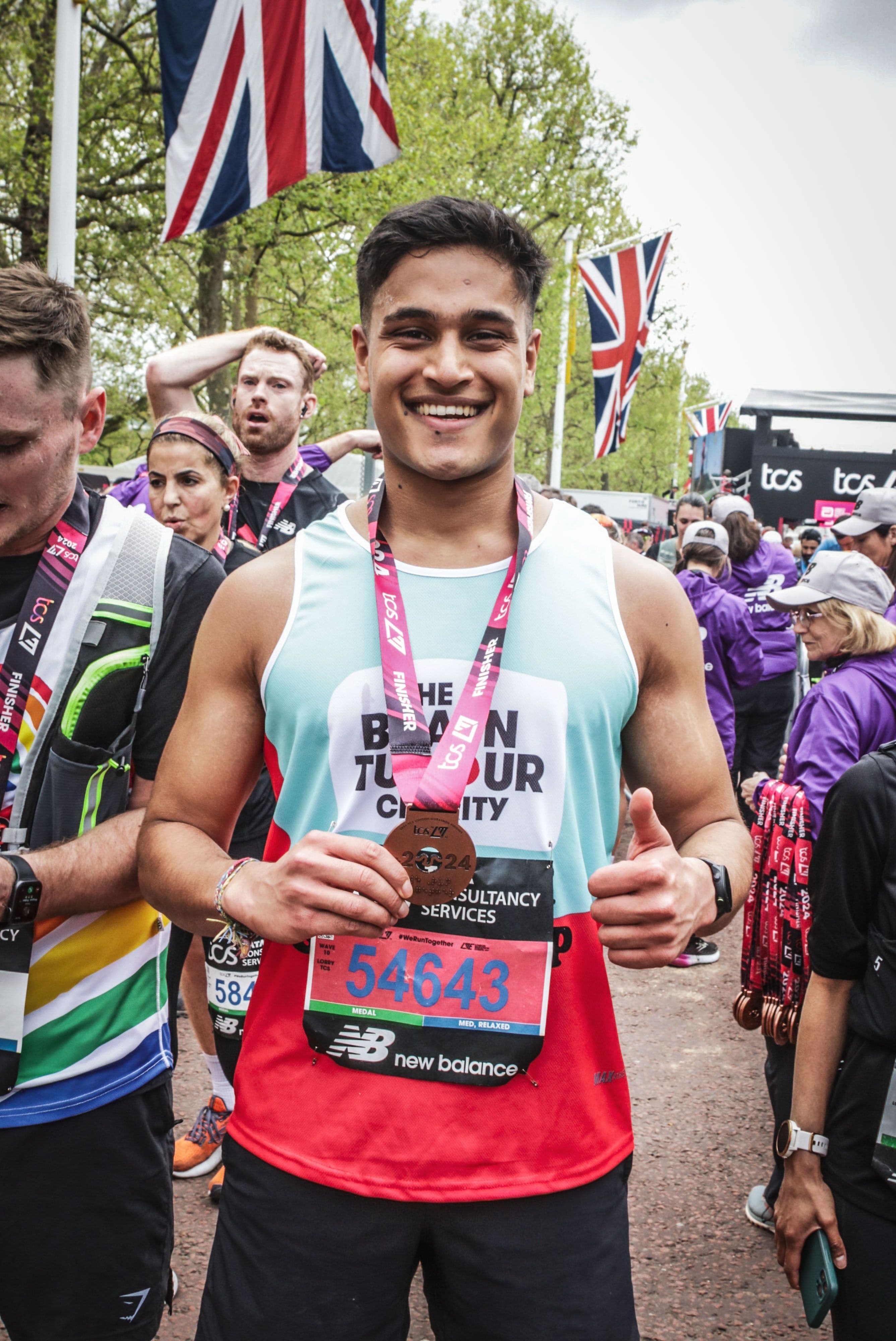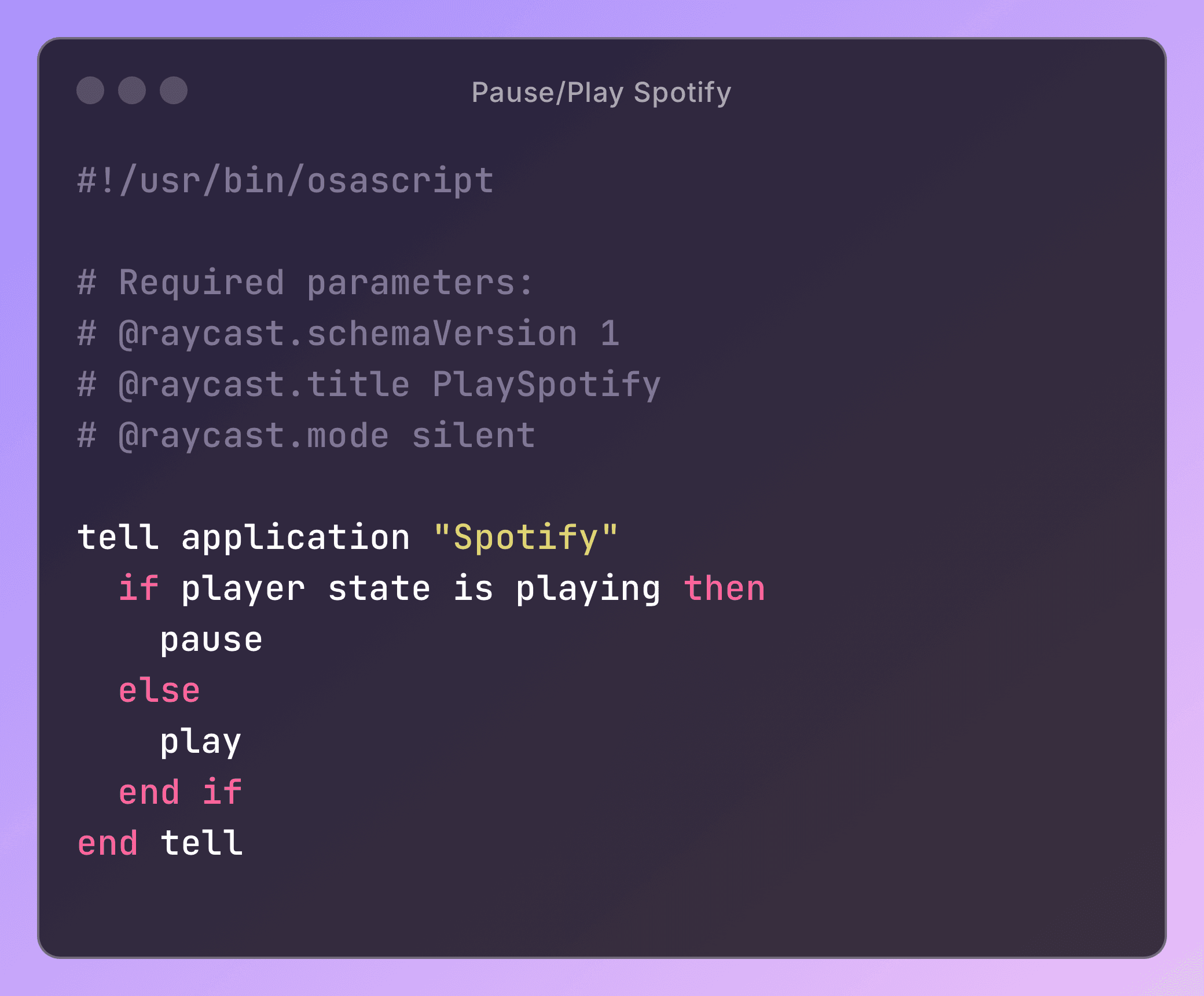
From dabbling in the bodybuilding/powerlifting world, I knew that you have to train for what you’re training for. Training specificity, as some call it. If you want to lift heavy, you must lift heavy in the gym. It sounds stupidly obvious, but more often than not, people mess this up right from the start—me included. Even though I understood this, when it came to my marathon prep, I somehow lost sight of it.
I was sitting in Pizza Express when one of my closest friends asked me what my training plan was. I said, “For now, I’m doing two 10k runs a week—I’m 11 weeks out, so I’ve got time.” He looked at me like I was crazy (bearing in mind, this is a guy who ran his first marathon in 3 hours 39 minutes, so he knew a thing or two). He told me straight up that I wasn’t running nearly enough and that I needed to make some serious changes ASAP.
That’s when it clicked—if you want to run extreme distances, you need to train extreme distances. Two 10k runs a week wasn’t going to cut it (which seemed painfully obvious now). I had completely underestimated how much running was actually required. At the time, two 10k runs felt like a lot—I already wasn’t a fan of running, so two hours a week seemed plenty. When I found out I’d be running at least 45 km a week, I was filled with fear. I didn’t know how to react—I wasn’t even sure if that was possible for me. Now, coming back to finish this article after my marathon, I can proudly say I ran three of the eleven weeks above 60 km, with my peak being 65 km. Anything is possible!
Well, the marathon distance is an extremely physically demanding task, and the average human body is not ready for such. We need to train our body, especially our legs, to be able to handle an extreme amount of mileage combined with an extreme amount of load.As we run more and more, our bodies repair (post-workout) with specific muscular adaptations (mainly to the slow-twitch muscle fibres) that aid us in endurance activities. In the same way a powerlifter must lift really heavy weights quickly (to build speed and power), an endurance athlete must train for long periods of time. Although I am not scientifically sound on this topic, I do believe my body got much better at recovering from runs as I progressed through my training block. At the start of my training block, I was limping after 10km runs; however, near the end, I would be in a better state after a 16km run. Of course, this may also be attributed to the muscular adaptations that enable the muscles to endure longer distances without significant fatigue. I am sure there is some proper literature out there that can explain this better than me!
Now, of course, the muscles are not the only parts of the body that adapt when training volume increases significantly - your respiratory system also undergoes a significant change to ensure you are able to supply your body with enough oxygen through exercise for a long period of time. Improving this system is one of the most important aspects to running fast and long distances. In fact, this topic gets complicated very quickly - I go into much more depth in another one of my articles here. Long story short, you need to run high volume at lower intensities than you’d think, and sprinkle in a few speed/tempo workouts in between.
This leads us nicely onto our next topic of discussion. Fuelling your body for this exercise. Now, once again, I tried to pull parallels from my bodybuilding knowledge and thought - well, it doesn’t really make a huge difference if I train fasted, so I’m sure it’s the same for running, right? Well, it’s actually not as simple as that. After continuous exercise, your body burns through your glucose, which is a limited source of energy in your body (unlike your adipose (fat) stores, which are abundant even in skinny individuals). It takes (as a rule of thumb) around 90 minutes for your body to deplete the glycogen in your body, given that they are full to start with. Glucose is a critical source of energy, therefore, it is essential you keep them topped up throughout your workout to ensure you are giving your body the best chances of running well. It should be obvious that you want to perform as well as you can each and every workout to ensure good progress. Now, take me, an ignorant novice who runs a half marathon 30 minutes after waking up without any food - it would be possible (as demonstrated many times), but it would be silly since I wouldn’t be able to perform my best. My glycogen stores probably did not even start full (this is why people carb load the night before long runs), and I definitely ran for more than 90 minutes, so you can imagine how much fatigue I experienced on these workouts. It is not an effective way to train your body.
If I were to go back, I would load on carbohydrates the night before and ensure I consume around 40g of carbs before my long runs. This could be a gel pack, energy drinks, bagels, or even peanut butter. Naturally, this value varies for each individual, so see what feels and works best for you (eating too much before a run may prove to be upsetting). I would then mimic a marathon day and consume a gel pack every 30 minutes, which in turn would ‘train’ my stomach to handle the gel packs. I encourage you to look up what happens to runners’ stomachs during marathons...let’s just say it’s not pretty.

I was fortunate (yes, fortunate) enough to overtrain during my training block. It was only because of this stupidity that I really understood the importance of rest and recovery. I shamelessly wanted to push my body as far as possible, just to see what I could handle, while also finishing off my Master’s in Engineering. I was gymming three times a week, plus running four times a week. There were times when my legs were so shot that I physically couldn’t train them in the gym—so, in a way, I did get some rest days.
What I learned (or at least for me) is that fatigue catches up with you much later than you expect. During peak weeks, you might feel great, but the impact of those extra miles or that extra gym set can creep up on you later. For me, it hit about a week after my peak week (65 km), when I picked up a pretty nasty calf injury that left me barely able to walk. When you’ve been training for weeks, getting injured sucks because it feels like all of your progress is slowly slipping away from you. Not a nice feeling.
I think injuries are almost inevitable in marathon training, but you must do everything you can to reduce how bad they are. A good rule of thumb is to avoid increasing your weekly mileage by more than 10%. This gives your body time to adapt—even if you don’t feel those adaptations happening, trust that they are. For me, stretching a lot before my runs helped, as did Epsom salt baths in the evenings after longer runs. And whatever you do, don’t neglect lower body strength training!
Since when was running such a technical movement?! To ensure you are the most efficient and injury-free, you must ensure that your running technique is meeting a few minimum requirements. My running form is NOT perfect by any means, however it has come a long way and I managed to run that London Marathon with no injuries. By improving my running form, I was able to knock around 30 seconds off my km split, keeping the same heart rate (on my best days). The YouTube tutorials by Nick Bare, Shervin Shares , and Sage Canaday are amazing, and I recommend you watch, but I will still share with you what worked for me:
- Over striding- where your feet land in front of your body’s centre of gravity. Although it may not feel like so, over-striding actually acts like a brake when you run forwards. If your feet land too far forward, the force from the ground pushed backwards through your food, applying a ‘brake’ force, reducing efficiency of your gait. This awkward backward force can also cause a few pains and injuries if you’re not careful. I quickly fixed my over-striding by simply practicing every single run - it’s quite draining to constantly think about where your foot lands, but it’s worth out!
- Lean slightly forward - Running can be thought of as falling forwards, and so we want to lean slightly forward to almost “fall” towards the ground, but then, just as we go, we land under our body and bounce forward. The aim of “falling forward” is to let gravity do a lot of the work when moving forward - your legs shouldn’t be the only thing propelling you forward.
- Keeping a tall posture - Having a tall posture, as if you are being pulled from the top of your head helped me maintain good oxygen intake, and keep a structured, yet fluid form when running. When we tired, we tend to slouch down, being to overstride, hyperventilate, and no one wants that! Standing stall aims to keep your form on point.
- Use those hammies - Another coach on YouTube explained that we also want to be minimising the time that we touch the floor. The longer our feet are in contact with the floor, the slower we will go. Our aim is to almost float along the surface, and one way to get close to that is to make a conscious effort to lift your foot off the floor as soon as it lands. You want to snap your hamstring back and pull that lower leg back up, as quick as possible. Run’s felt so much better when I began doing this -I eventually stopped having pains in my calves, and I felt my hamstrings working much harder - but since they’re a larger muscle, they were happy to help.
As race day approaches, you need to start tapering your mileage to give your body enough time to fully recover. Over the course of a few weeks, you’ll gradually reduce your volume while still running 4/5/6 times a week. By race week, you should feel fresh and ready to go—but weirdly, many runners feel the exact opposite. You feel sluggish, your heart rate shoots up on short runs, and suddenly, you start noticing all kinds of niggles and aches.
Good news—it’s probably all in your head. This happens so often that it even has a name: Taper Tantrums. The best advice? Stick to your training plan, trust the process, and you’ll crush race day.
In the three to four days before race day, you need to carb load—essentially packing your body’s glucose stores to the max so you have as much fuel as possible when you toe the start line (without feeling like you’re going to burst). This step is crucial—it can be the difference between hitting the wall and smashing through it. You wouldn’t set off on a road trip to the south of France with half a tank, so don’t expect your body to run a marathon on half-empty glycogen stores. Trust the science. Trust the pros.
They recommend around 10g of carbs per kg of bodyweight per day. For me, that meant nearly 740g of carbs—a massive 2,940 calories just from carbs. Even as a big eater, this was brutal. You have to cut back on protein and fats, or you’ll end up eating way too many calories. There are tricks to help—liquid carbs, sweets (within reason), and high-carb spreads like peanut butter. Still, those three days were rough. I felt bloated, sluggish, and constantly full. But it was worth it.
On race morning, I woke up early and had 150g of carbs about three hours before the start. This topped up my glycogen stores without making me feel heavy when I started running. During the race, I stuck to my plan—taking a gel every 30 minutes, keeping my electrolytes up, and just focusing on my form. Most importantly, I stayed in the moment—taking in the crowd, the energy, and the sheer magic of race day. It reminded me how incredible the world can be when people come together for something bigger than themselves. I will never forget this day.
I can’t describe every mile in detail—all I know is there were really tough moments, quick moments, and downright hellish moments. What mattered was that I kept going (even if it was slow). I tried to keep up with the sub-4 pacer but just didn’t have it in me. Eventually, I fell behind the 4:15 pacer and crossed the line in 4:16.
It’s not fast by any means, but considering I learned and trained for this in just four months, I can’t be too upset. I know that one day, I’ll break that sub-4 marathon. Maybe even 3:30. Let’s see where life takes me.



